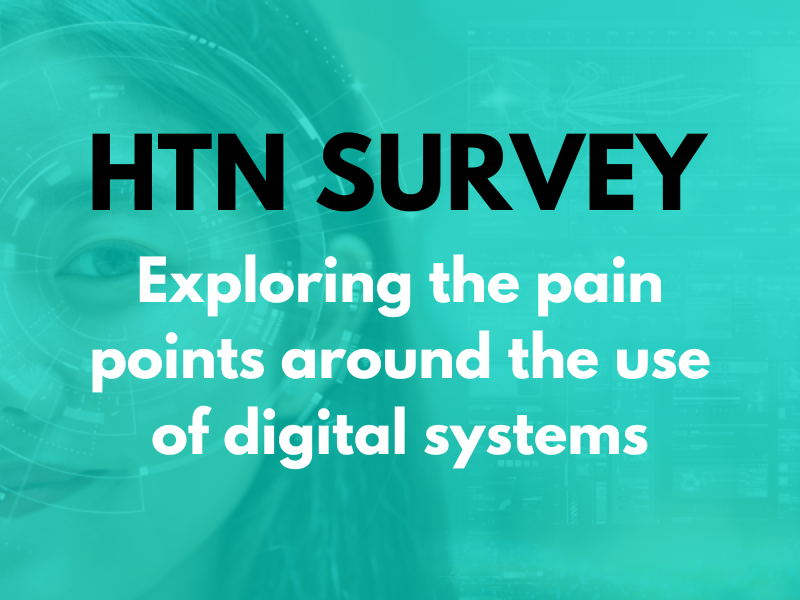The One Gloucestershire urgent and emergency care 2025/26 operational delivery & winter surge plan has outlined the future uses of data and digital tools in improving flow, driving real-time operational decision-making, and coping with winter pressures.
“The Gloucestershire system is committed to continuing to build a comprehensive suite of digital tools, shared dashboards, and predictive modelling to drive real-time operational decision-making, proactively manage flow, and improve patient outcomes,” One Gloucestershire states. “These investments ensure that system leaders have an accurate, live view of demand, capacity, and risk across acute, community, mental health, primary care, and social care services, enabling earlier intervention, more targeted escalation, and faster resolution of delays.”
An integrated flow hub offers real-time patient tracking, monitoring discharge readiness and delays, with daily multidisciplinary reviews of data allowing for “proactive” allocation of resources and rapid deployment of additional capacity, the ICB reports. The digital platform is also embedded within acute, community, and mental health services in alignment with the national Operational Pressures Escalation Levels (OPEL) framework, providing a live overview of demand, capacity, and flow pressures. Aggregated data is then collated into a single dashboard to give decision makers the chance to evaluate system status in real time.
The ICB has also implemented a range of digital discharge tools including the GHFT patient flow whiteboard and IFH dashboards, which it notes improve visibility over patient journeys from admission to discharge, help match patients to community care packages, and track completion of discharge actions. Work is progressing on the use of AI to estimate dates of discharge for patients at risk of long stays and allow for early intervention within 72 hours of admission.
Earlier identification of at-risk patients and reductions in avoidable admissions are being sought through risk stratification technologies such as the Brave AI platform and the Personalised Proactive Whiteboard, offering opportunities to support patients with long-term conditions and prevent deterioration. Predictive modelling is being implemented to forecast patient numbers and Category 2 ambulance demand, as well as to ensure proactive staffing and capacity adjustments can be made “weeks in advance” and particularly during winter surges, with live dashboards meaning resources can be reallocated quickly if required.
Elsewhere, the ICB shares that data and performance dashboards are being regularly reviewed to inform training needs and commissioning, with the system considering how digital data can better support contract management and market-shaping decisions. “Through this integrated digital and data approach, Gloucestershire is building a resilient, intelligence-led operational model that supports early intervention, improves patient flow, and ensures that escalation and surge responses are both timely and targeted,” it highlights.
Also featuring in the plan is One Gloucestershire’s work on virtual wards, which currently cover general medicine, frailty, acute respiratory infections, and heart failure. Admission onto these pathways is granted through NHS 111, SWAST, primary care, and acute front-door teams, with patients admitted receiving monitoring through in-person visits and remote monitoring.
Wider trend: Data and digital in supporting patient flow
For a recent webinar focusing on the role of digital in helping healthcare organisations to prepare for winter pressures, HTN was joined by expert panellists including Patrick Denston, PCN digital transformation and change manager at Frimley ICB; Jamie Griffin, head of commercial at Livi; and Lee Rickles, CIO at Humber Teaching Hospitals. The panel offered a range of practical insights and examples, highlighting successes and challenges in ongoing projects, and discussing the role of virtual care in supporting patient journeys.
Barts Health has shared how a real-time data dashboard, linked to its EPR, has made an impact on patient safety, patient flow, and delivery of care. The M-BRACE project presents key information in a single place, including data relating to risk of falls, low blood sugar, and delays in assessment or transport, to support structured check-ins through the day. At 8-9am ward teams meet with support of the data, 10-12pm best practice reviews of every patient’s care take place, with check-ins 3-4pm, to review and track progress on discharges and identify any patients becoming unwell.
Kent and Medway ICB’s Digital, Data and Technology strategy for 2025 – 2029 has been published, sharing intentions to personalise services, focus on prevention, promote interoperable systems, and use data-enabled strategic commissioning to target needs and allocate system resources. Five priority areas are outlined, including equality and digital inclusion, where the board shares plans to use population health analytics and risk stratification to identify need and target resources, to scale remote monitoring and virtual wards, and to build digital skills with targeted learning. Infrastructure needs to be secure, scalable, and interoperable, with commitments highlighted to adopting cloud-first and API-first architecture, implementing FHIR-based interoperability, consolidating legacy systems, and standardising data models.






